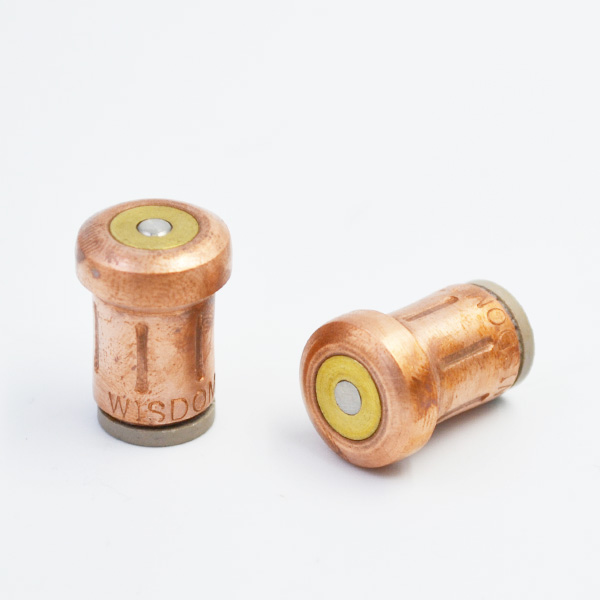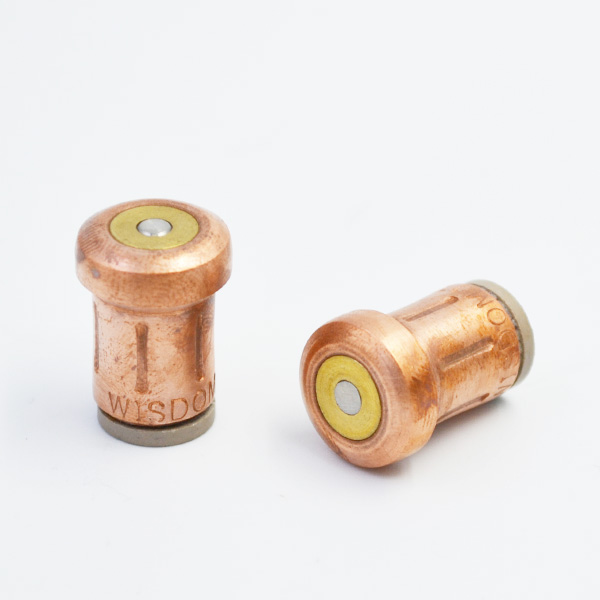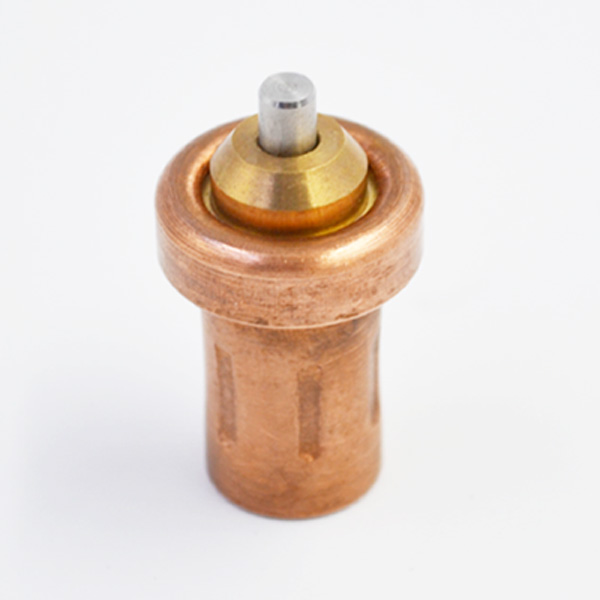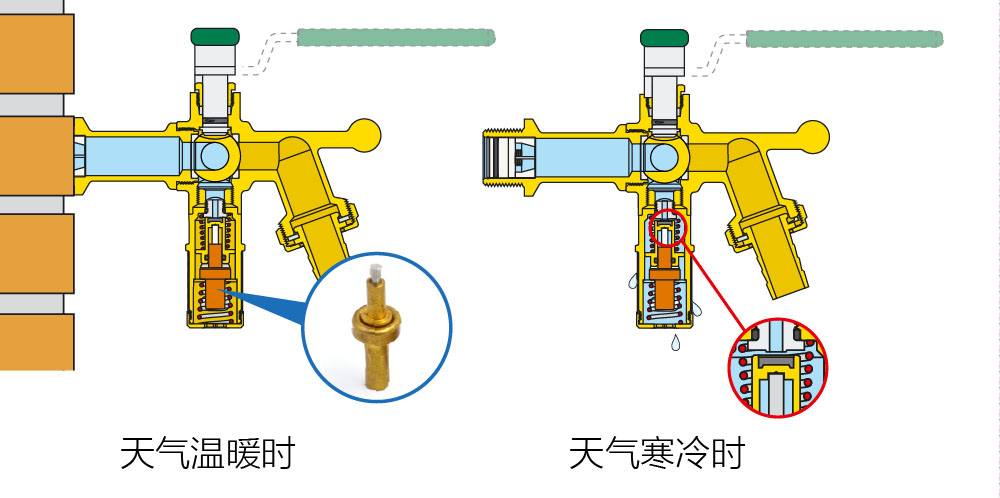Stepping motor is an actuator which converts electric pulse signal into angular displacement. The stepper motor control system realized by single chip computer has the characteristics of low cost, easy realization, high control precision and flexible use. In this paper, AT89C51 single chip computer is used to make stepper motor controller, and the software design of the controller is based on C language. At present, stepper motor is more and more widely used in many parts. Because it runs smoothly, has high accuracy and is easy to control, it is used as a driving component in many fields. Stepper motor converts electric pulse signal into angular displacement, that is to say, when an electric pulse is applied, the stepper motor will rotate an angle.
It does not rotate continuously like ordinary motor. Its rotation is not continuous, but in many parts and occasions, it needs this discontinuous motion to drive, such as in the field of clocks and watches, robots. As well as some automation components, at present, the control of stepping motor is mainly controlled by single-chip computer, which is executed by writing C language program, but this method is relatively expensive. For this reason, a low-cost and easy-to-produce stepper motor controller is made in this paper. Generally, stepper motor consists of two parts, stator and rotor. This is the main structure of stepper motor, just like ordinary motor. This design uses a three-phase stepping motor. There are three pairs of poles on the motor, a total of six poles. The poles are all on the stator. There are coils on each pole, and the coils of one pair of poles are the same, that is, one phase in the three-phase. Similarly, we can also know that four-phase motors have several poles. We analyzed that there are magnetic poles on the stator, and in fact there are magnetic poles on the rotor. The magnetic field on the stator is generated by coil electrification, while the magnetic poles on the rotor are generated by permanent magnets. These poles are also called rotor teeth, and the two adjacent rotor teeth are so-called pitch, the maximum angle of each step motor operation.

It’s a pitch. In stepper motors, there is also a concept of alignment teeth, the so-called alignment of teeth means that the magnetic poles of the rotor and the stator are right; similarly, there will be a wrong alignment of teeth, which we call misalignment teeth. In stepper motors, misalignment teeth must exist, otherwise the stepper motor will not work properly.

Generally speaking, in terms of working principle, stepping motors are similar to electromagnets.
When the phase coil is electrified, a magnetic field will be generated on the phase coil. Then the teeth on the rotor closest to the electrified coil will be attracted by the magnetic force and turn to the position opposite to the electrified coil.
In this example, a three-phase asynchronous motor is taken as an example to illustrate the stepping motor.

Similarly, when the front motor rotates at a certain angle and is in direct alignment with one of the poles, if the coil of the electrified wire does not change, it will be locked at this position all the time, which is often called self-locking phenomenon. Here, the adjacent magnetic field needs to be given sequentially. When the pole communicates, a magnetic field will also be generated on the phase coil, attracting the teeth of the similar rotor to rotate in the direction opposite to the current coil; after the phase coil is turned off, the next phase coil will be electrified. In the same principle, the adjacent teeth will rotate at the same angle as the current coil. Above is a completed work process of three-phase asynchronous motor, that is, to complete a cycle, when the first power-on coil is re-energized, a new work cycle will be generated, so repeated. The basic working process of three-phase stepper motor is as mentioned above.
By alternating power supply to three-phase coil, magnetic field will be generated in turn, and then wrong teeth will be generated continuously, and the stepper motor will move in the opposite direction continuously. This characteristic makes the stepper motor applied in many occasions, and by controlling the number of times and time of power on, thermostatic element it will be very easy. Convenient control motor, high precision, good stability, simple principle, can easily achieve motor commutation, by changing the electrical sequence of stepping motor, you can get different steering. The production of this controller is based on single-chip computer control, with single-chip computer as the core, the type of single-chip computer selected in the production is AT89C51. For the choice of driver, D306 type is chosen in this production, which is a three-phase hybrid type. Generally, the control part of stepper motor is more critical.

Its performance directly affects the normal operation of stepper motor. Its control system usually includes motor driver, controller and stepper motor. This is a complete part, and every part is indispensable. The connection of hardware part is mainly the line connection between the three components of the command and control system. It is the precondition and foundation to ensure the normal operation of stepper motor according to the specified rules. In the stepper motor controller, the signals that need to be processed and output are all kinds of pulse signals and direction signals to control the direction of the motor. Through these pulse signals, the normal and efficient operation of the stepper motor can be controlled, and the direction of the motor can be controlled by direction signals. Generally speaking, the direction signal is divided into high and low level signals, and there are mainly two kinds of pulse signals. Generally, when a stepping motor starts and stops, it usually has a process of acceleration and deceleration. In this process, the smaller the acceleration control is, the more stable the stepping motor is. It is the speed curve of stepper motor from start to stop, which shows the whole working process. Generally speaking, it can be accelerated to a certain speed and then run steadily, which is the speed of normal work. When it stops, it first slows down to a low speed, rather than immediately reduces the speed to zero. Stepper motor is more and more widely used because of its high precision and good running stability.

In this paper, a three-phase stepper motor controller is designed and manufactured by using single-chip computer as the core. In this production, the model of single-chip computer is AT89C51. With this as the core, the control program is written in C language. Through simulation and test, the controller is tested. The validity of the controller is proved. In this production, the high precision control and stable operation of the three-phase stepping motor control process are realized.
